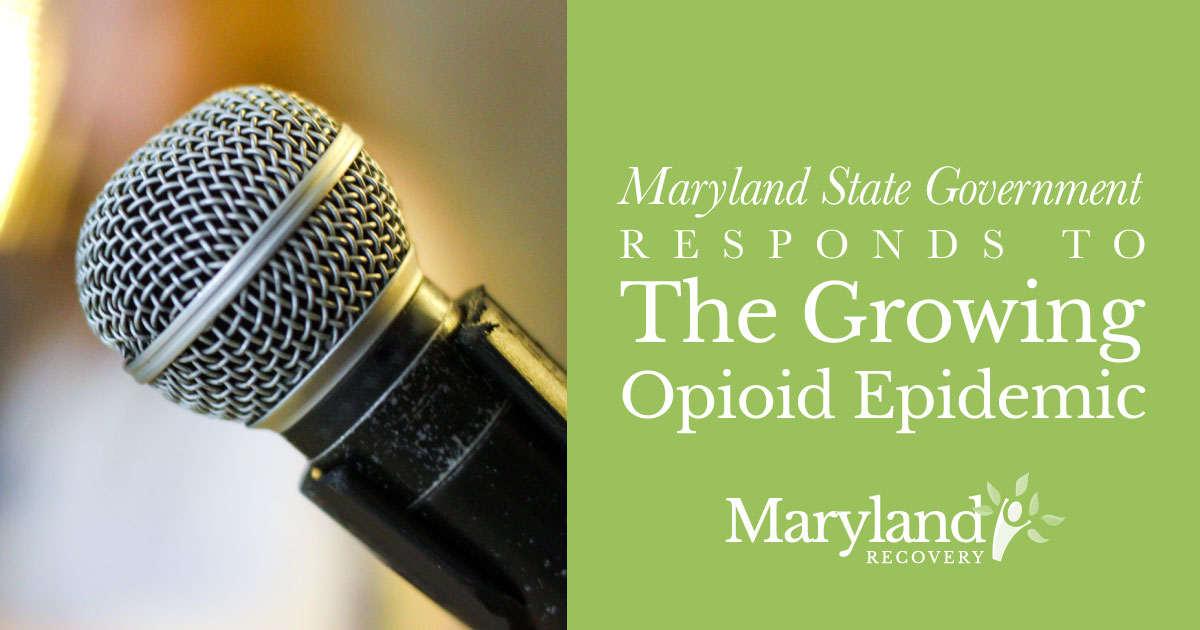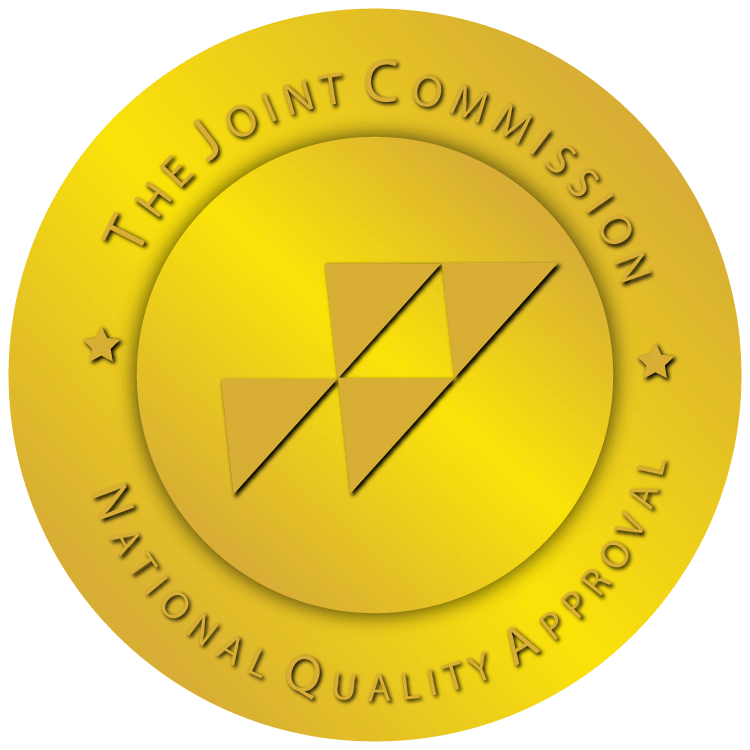 Substance abuse is a national epidemic. According to the Centers for Disease Control and Prevention, addiction is the leading cause of accidental death in the United States, claiming more lives than car accidents each year. Opioid abuse is driving the epidemic, with heroin deaths reaching an all-time high in 2015. Across the nation, states are scrambling to contain the epidemic and reduce the number of opioid-related deaths.
Substance abuse is a national epidemic. According to the Centers for Disease Control and Prevention, addiction is the leading cause of accidental death in the United States, claiming more lives than car accidents each year. Opioid abuse is driving the epidemic, with heroin deaths reaching an all-time high in 2015. Across the nation, states are scrambling to contain the epidemic and reduce the number of opioid-related deaths.
At Maryland Recovery, we’ve seen the devastation of this epidemic firsthand. In fact, the state of Maryland has fared far worse than most. Last year, more than 1,200 friends and family members lost their lives to opioid overdoses, prompting Governor Larry Hogan to declare a state of emergency.
Combating the Opioid Health Crisis
Hogan recently made the announcement through an executive order, declaring an official State of Emergency to address the heroin, fentanyl and opioid health crisis that is ravaging cities and suburbs alike. The order initiates the governor’s emergency management authorities and will work to accelerate coordination efforts between state-level and local operations. It also allocates $50 million in funding to combat the health crisis and appoints a senior emergency management adviser to take lead on the case.
The declaration came as a result of findings from the Opioid Operational Command Center (OOCC), which was established in January 2017 to create better collaboration between state agencies. Soon after its founding, the OOCC made it clear that the state required more flexibility and less red tape to coordinate emergency teams throughout the state. By signing the executive order, Hogan allows both public and private entities to speed up the care process and ensure community-wide engagement.
State Legislature Introduces New Bills
In addition to the executive order, lawmakers are rushing to pass several new bills before the end of the 2017 legislative session. In a bipartisan effort, Republican leader Hogan has joined forces with the Democratic majority legislature to introduce 30 bills related to the opioid crisis. Two of the most dramatic pieces of legislation are scheduled to come to the floor for a vote in the near future:
The HOPE Act
The first of these measures that will come to the floor is called the HOPE Act, and it aims to open at least 10 new treatment centers throughout the state. It will require the state government to increase its reimbursement rates to substance abuse clinics. It would also require that the next fiscal budget includes an additional $2 billion to expand drug court programs, including rehabilitation. Finally, it would allow civilians to administer an opioid overdose reversal drug, Narcan, without any official training.
The Start Talking Maryland Act
The additional bills, endorsed by the Democratic majority, would require public schools to keep Narcan on campus. They would also give school nurses and personnel the authority to administer the drug. Public universities would be mandated to talk to incoming students about the dangers of substance abuse and require that health-related degree seekers receive instruction about addiction treatment and safe pain management.
Maryland Recovery Sees Successful Outcomes
A University of Maryland Poll reports that opioid abuse affects 1 in 3 state residents. That’s why it’s so important that political leaders in Maryland are putting partisanship aside and are collaborating to put an end to the health crisis. As an institution on the front lines of this battle, Maryland Recovery envisions a path to a healthier state. We hope to see a major decrease in the number of opioid-related overdoses and deaths in the near future.
If You or a Loved One Are Suffering from Opioid Abuse, Don’t Wait for Help
Call Maryland Recovery TODAY
Opiate Rehab Center in Maryland
Reviewed by Christopher Schwartfigure MS, LGPC, CAC-AD








